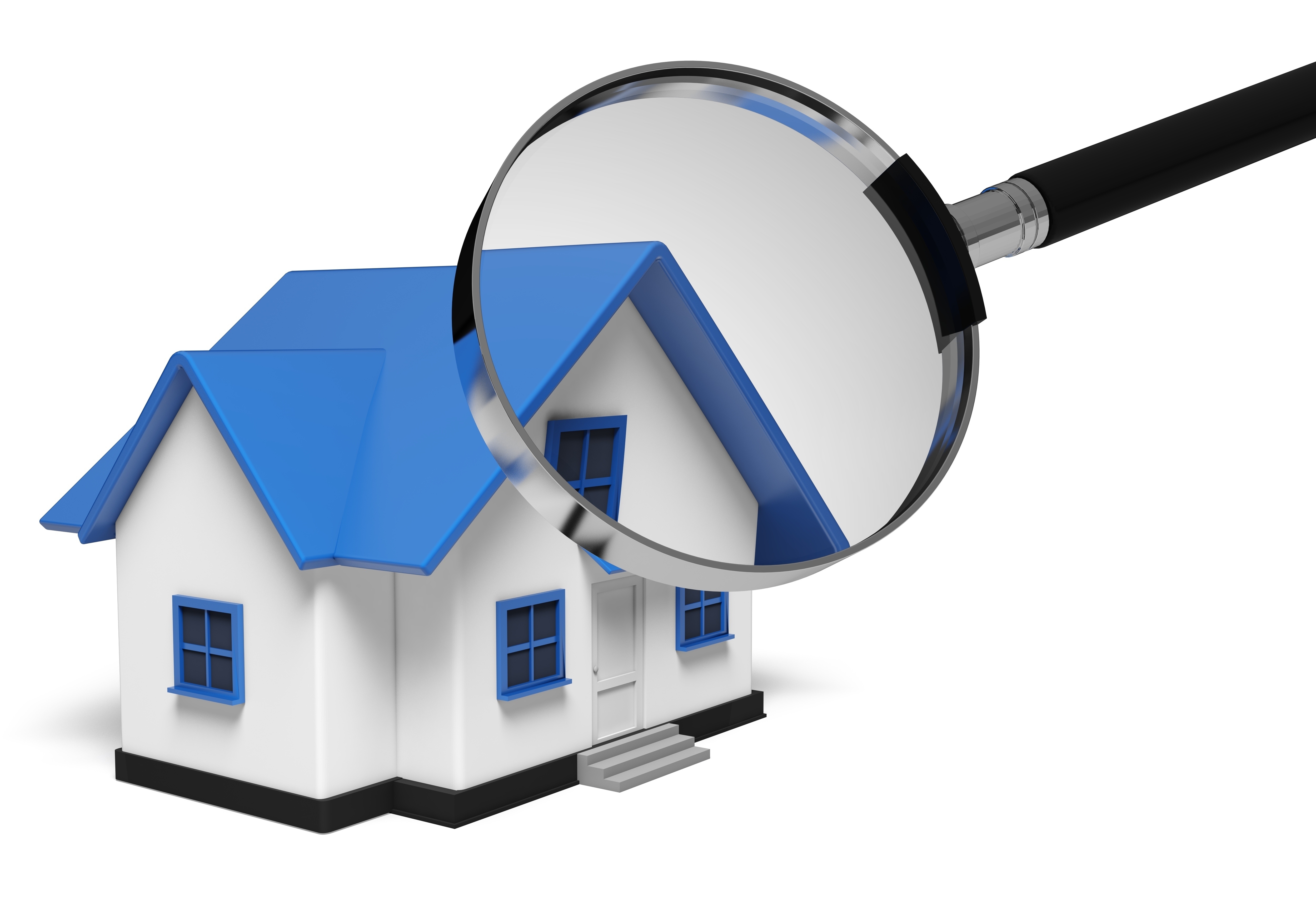
What Goes Into an Appraisal?A home purchase is the biggest financial decision many people might ever consider. Whether it's where you raise your family, a seasonal vacation home or an investment, purchasing real property is an involved transaction that requires multiple people working in concert to pull it all off. You're likely to be familiar with the parties having a role in the transaction. The real estate agent is the most familiar face in the exchange. Next, the mortgage company provides the financial capital necessary to finance the transaction. And the title company ensures that all details of the transaction are completed and that the title is clear to transfer to the buyer from the seller. So, what party is responsible for making sure the real estate is worth the purchase price? In comes the appraiser. We provide an unbiased estimate of what a buyer could expect to pay — or a seller receive — for a parcel of real estate, where both buyer and seller are informed parties. A licensed, certified, professional appraiser from New Age Appraisal Corp will ensure, you as an interested party, are informed. Appraisals begin with the inspectionTo determine the true status of the property, it's our responsibility to first complete a thorough inspection. We must physically see features, such as the number of bedrooms and bathrooms, the location, living areas, etc, to ensure they truly are present and are in the condition a typical buyer would expect them to be. The inspection often includes a sketch of the property, ensuring the square footage is accurate and illustrating the layout of the property. Most importantly, we look for any obvious amenities - or defects - that would affect the value of the property. Following the inspection, an appraiser uses two or three approaches to determining the value of real property: a sales comparison, a replacement cost calculation, and an income approach when rental properties are prevalent. 
Replacement CostThis is where we use information on local building costs, the cost of labor and other factors to calculate how much it would cost to replace the property being appraised. This figure often sets the maximum on what a property would sell for. It's also the least used predictor of value. 
Paired Sales AnalysisAppraisers can tell you a lot about the communities in which they work. They innately understand the value of certain features to the people of that area. Then, the appraiser looks up recent sales in the vicinity and finds properties which are 'comparable' to the property in question. By assigning a dollar value to certain items such as upgraded appliances, additional bathrooms, additional living area, quality of construction, lot size, we add or subtract from each comparable's sales price so that they are more accurately in line with the features of subject.
After all differences have been accounted for, the appraiser reconciles the adjusted sales prices of all the comps and then derives an opinion of what the subject could sell for. When it comes to putting a value on features of homes in Surprise and Maricopa, New Age Appraisal Corp is your local authority. The sales comparison approach to value is commonly given the most weight when an appraisal is for a home purchase. Valuation Using the Income ApproachIn the case of income producing properties - rental houses for example - the appraiser may use a third method of valuing real estate. In this situation, the amount of revenue the real estate generates is taken into consideration along with income produced by nearby properties to determine the current value. Arriving at a Value ConclusionCombining information from all applicable approaches, the appraiser is then ready to state an estimated market value for the subject property. The estimate of value at the bottom of the appraisal report is not necessarily the final sales price even though it is likely the best indication of what a property is worth. There are always mitigating factors such as the seller's desire to get out of the property, urgency or 'bidding wars' that may adjust the final price up or down. Regardless, the appraised value is often used as a guideline for lenders who don't want to loan a buyer more money than they could recover in the event they had to sell the property again. The bottom line is, an appraiser from New Age Appraisal Corp will guarantee you discover the most accurate property value, so you can make profitable real estate decisions. |